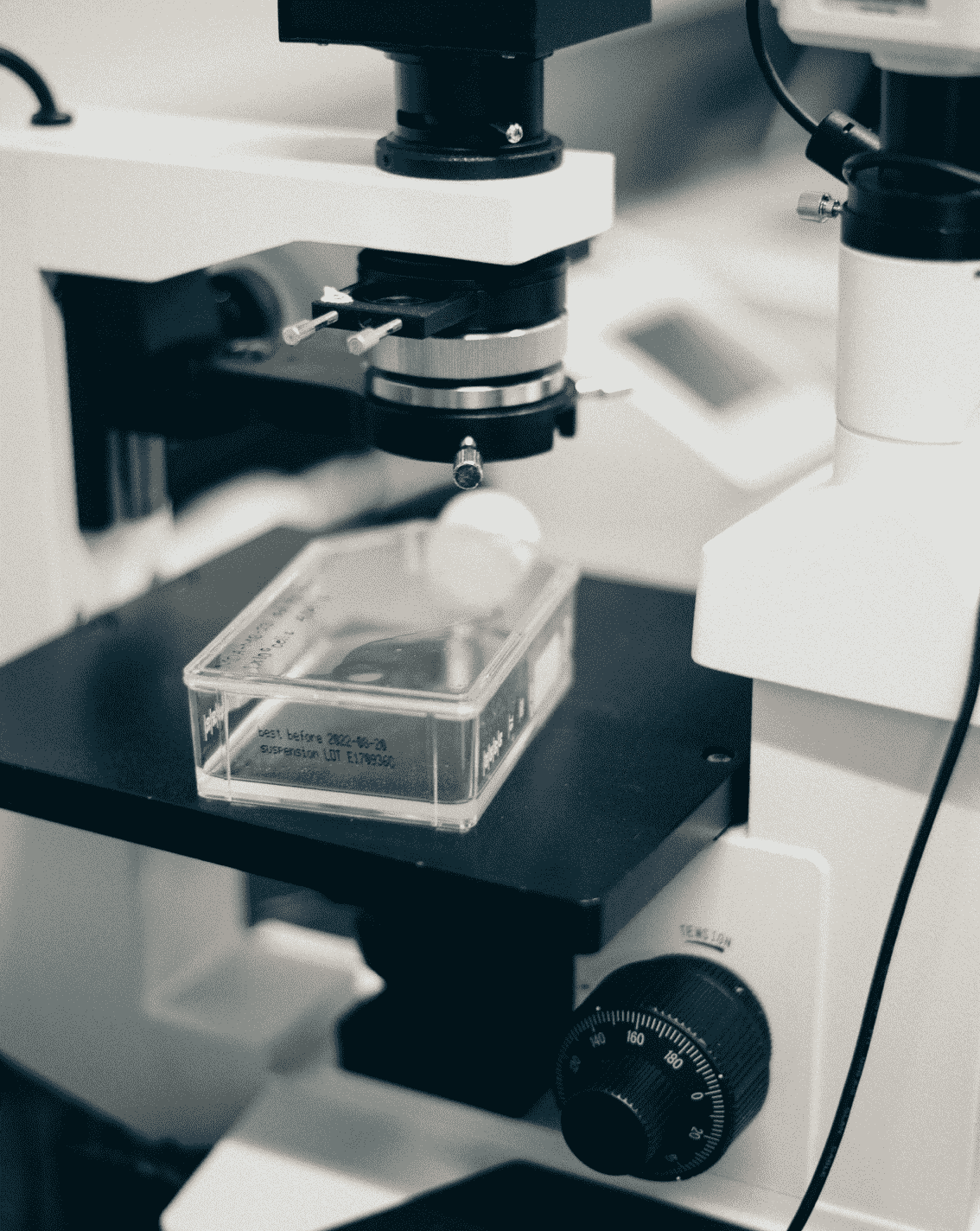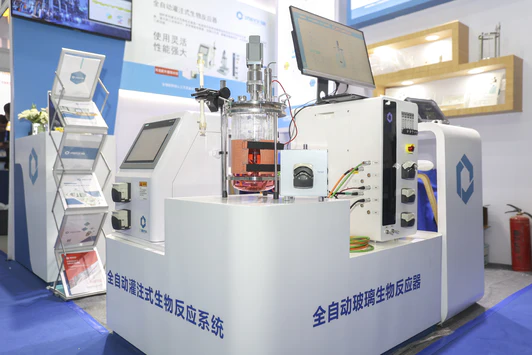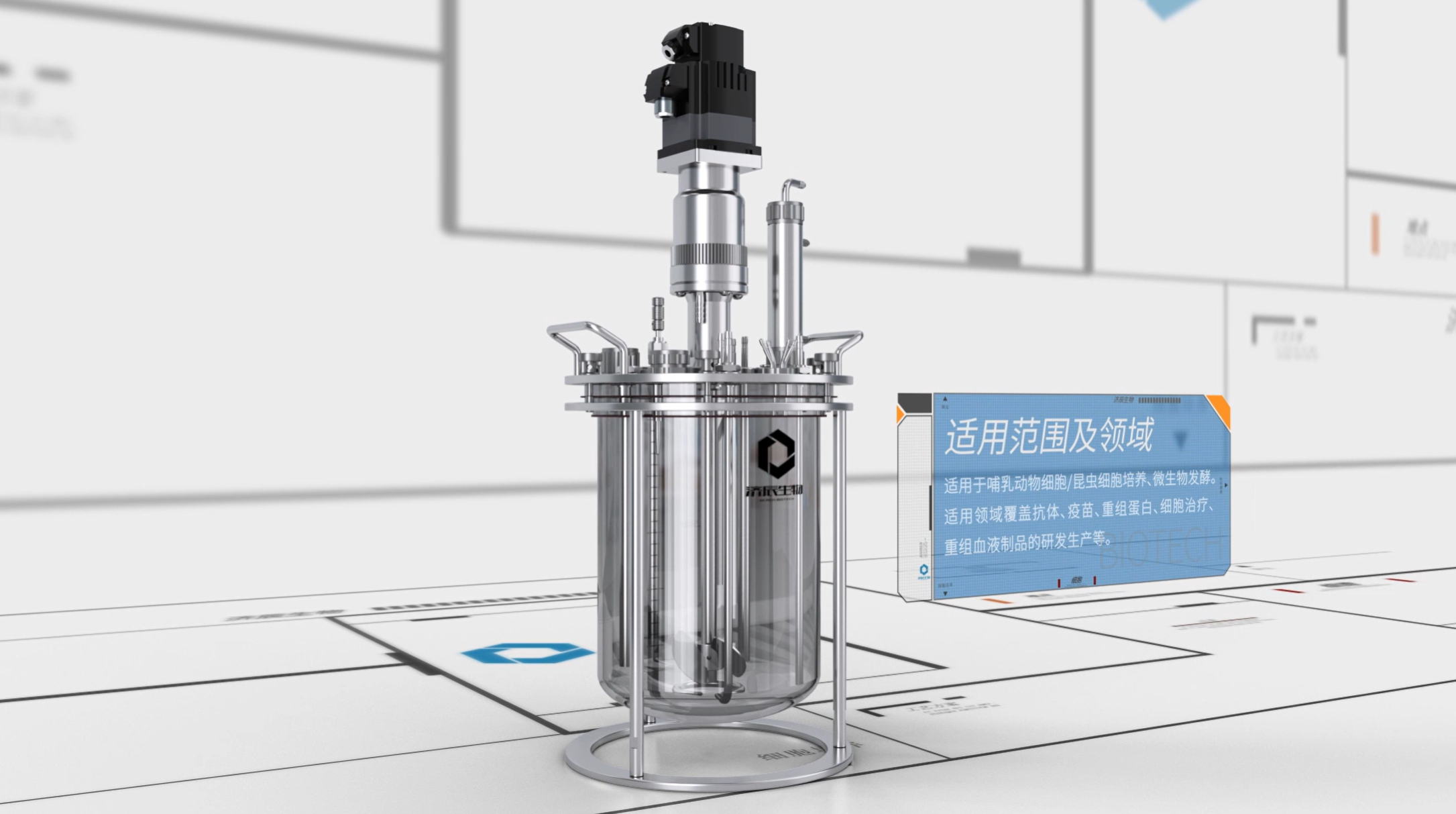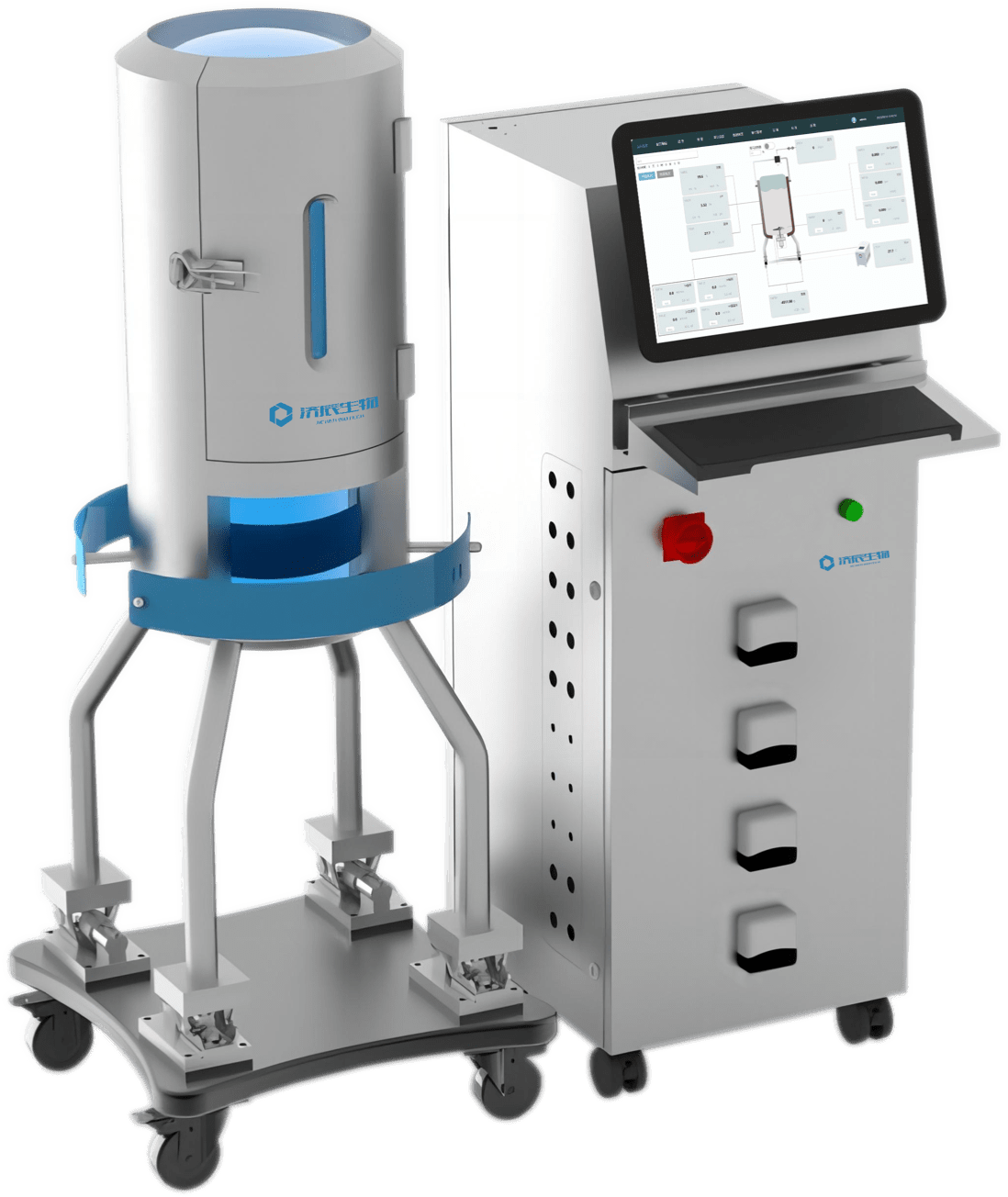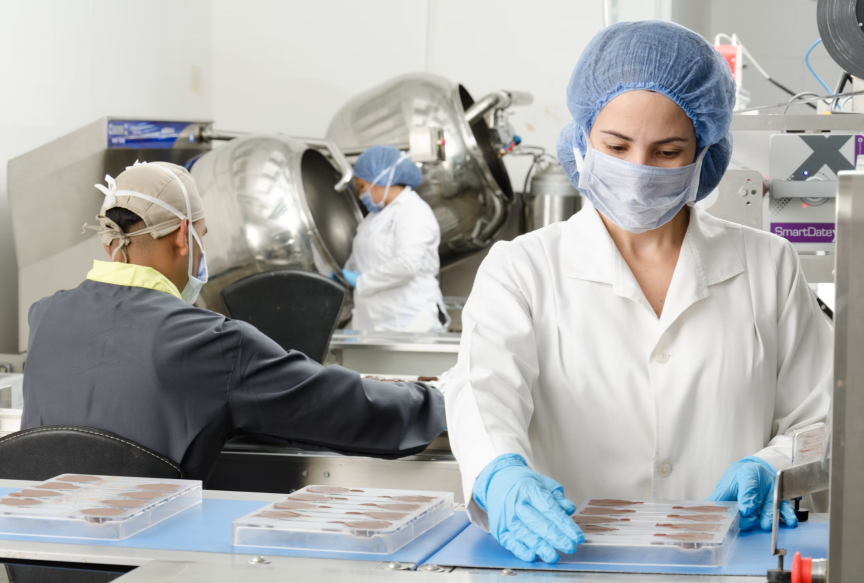The classification and isolation of adherent cells is an important and challenging area in biomedical research. The following are some detailed explorations of this area based on recent studies.
Optical "painting" with fluorescence-activated separation of individual adherent cells
A study in Nature Communications describes a concept using photoswitchable semiconductor polymer dots (Pdots) as an optical "painting" tool. This approach allows the selection of specific adherent cells based on their fluorescent, spatial and morphological characteristics under the microscope. The researchers first developed a Pdot that reversibly switches between bright (on) and dim (off) states under UV or red light irradiation with up to 150-fold contrast. By using a focused laser beam of 633 nm as a "brush" and optically switched Pdots as "paint," individual Pdot-labeled Adherent cells 1 labeled with Pdot can be selected and "painted".
Separation and Manipulation of Live Adherent Cells by Miniature Magnetic Rafts
A research article in Biomicrofluidics describes a method of separating and manipulating live adherent cells using miniature magnetic rafts. This method involves the use of miniature molded magnetic rafts that can efficiently isolate specific adherent cells from mixed cell populations while maintaining high purity and cell viability. This technique provides a new strategy for cell isolation and manipulation, especially in applications where high purity and cell viability are required 2
Arrays of degraded micro-rafts for adherent cell isolation and implantation
A study in RSC Advances describes a new strategy for the efficient isolation and implantation of live adherent cells into animals. Using polydimethylsiloxane (PDMS) substrates for micro-mold fabrication, the researchers prepared arrays of biodegradable microstructures (micro-rafts) made of poly (lactic-co-hydroxyacetic acid) (PLGA). By screening different forms of PLGA, the investigators determined the molecular weight and lactic/hydroxyacetic acid ratio of PLGA suitable for microraft fabrication, biocompatibility and in vitro degradation. Cells were implanted on the arrays by selective implantation into animals, an approach that provides a new avenue for the isolation and implantation of adherent cells 3
In summary, techniques for the sorting and isolation of adherent cells play a key role in biomedical research. From optical biomarkers to micro-molded magnetic rafts to biodegradable micro-raft arrays, these advanced techniques not only improve the efficiency and purity of cell isolation, but also provide new research directions for cell biology and clinical applications .
